Top 10 Hottest Places in the World 2025
By ICON TEAM | Published on Apr 21, 2025
List Of Top 10 Hottest Places in the World 2025:
Extreme heat is a constant occurrence in some parts of the world as a result of climate change, straining the limits of environmental resilience and human endurance. According to their consistent weather patterns and record-breaking temperatures, the top ten places on Earth in 2025 are listed below. These locations, which range from sweltering deserts to crowded cities, are outstanding examples of nature's blazing extremes. A thorough examination of each site is provided below, emphasizing its distinct features, reported temperatures, and the difficulties its residents encounter.
1. Turbat, Pakistan:
Daily life in Turbat, a city in Pakistan's Balochistan province, is characterized by intense heat. Turbat, which is located close to the Arabian Sea and the Makran Desert, set a national record for Pakistan on May 28, 2017, when it recorded an incredible 54.0°C (129.2°F), which tied for the fourth-highest temperature ever recorded worldwide. Located on the Kech River, this administrative hub frequently sees summer temperatures above 50°C (122°F). The hottest month is usually June, when highs average 43°C (109°F). Turbat flourishes as a date-growing destination despite the extreme heat, and the region's arid climate produces some of the sweetest and healthiest dates. Although the city's economic importance is increased by its close proximity to the Gwadar Port (approximately 180 km away), the intense heat presents problems for the infrastructure and the inhabitants, who must adjust to a real-life sauna.
2. Basra, Iraq:
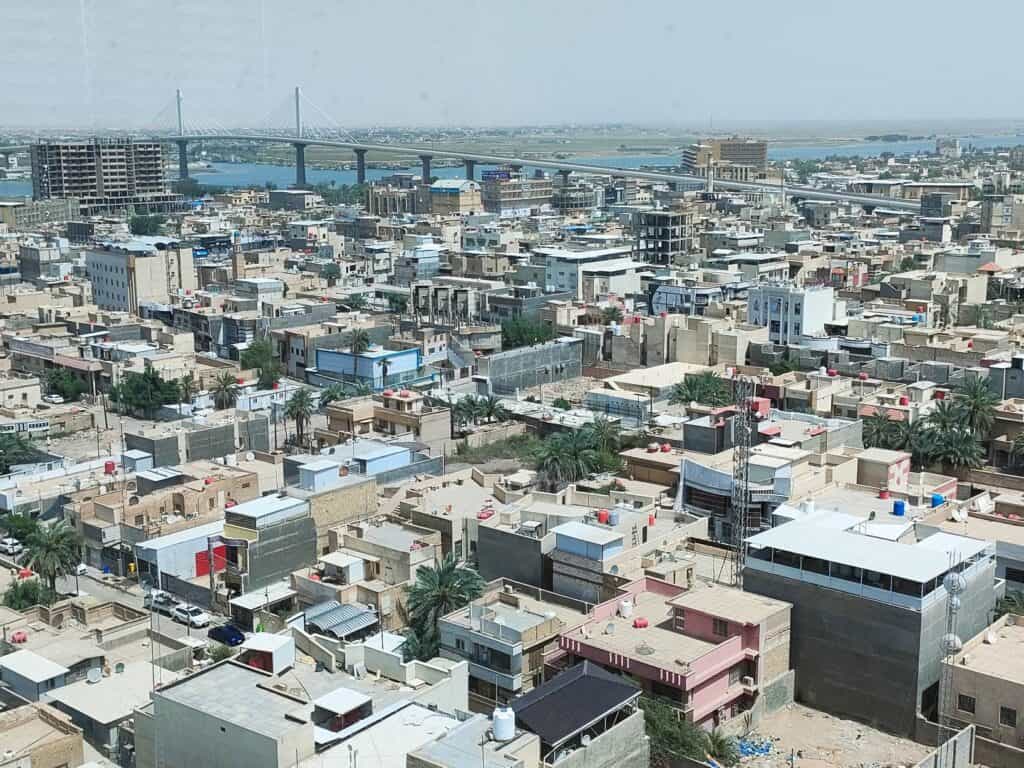
Basra, a significant port city in southern Iraq, is accustomed to extreme heat; on July 22, 2016, it recorded 53.9°C (129°F), ranking sixth in the world. About 1.4 million people live in Basra, which is on the Shatt al-Arab River and experiences scorching desert weather. July is the hottest month, with average highs of 46°C (114.8°F), while summer temperatures frequently rise above 50°C (122°F). The city's strategic location close to Al Maqal Port highlights its economic significance, but it is among the most susceptible locations in the Middle East due to the intense heat, drought, and food shortages. During heatwaves, residents are at serious danger for health problems, which are made worse by inconsistent cooling systems. The intense heat in Basra serves as a clear reminder of the region's harsh climate.
3. Mitribah, Kuwait:
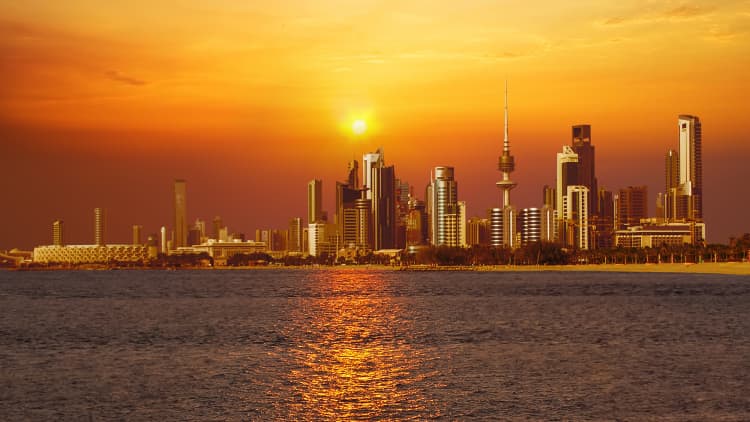
On July 21, 2016, Mitribah, a distant meteorological station in northwest Kuwait, recorded the highest temperature in Asia at 53.9°C (129°F). The World Meteorological Organization (WMO) confirmed that this observation was the hottest temperature recorded worldwide in 76 years. Although Mitribah is mostly desert and abandoned, its intense heat highlights the worsening effects of climate change in the Middle East. Compared to other coastal countries, Kuwait experiences frigid winters due to its desert climate, but its summers are relentless, frequently reaching temperatures beyond 50°C (122°F). Mitribah is an essential reference point for researching global temperature extremes because of the station's isolation and low humidity, which intensify the heat. Its record brings to light the harsh reality of the region's desert temperatures.
4. Tirat Tsvi, Israel:
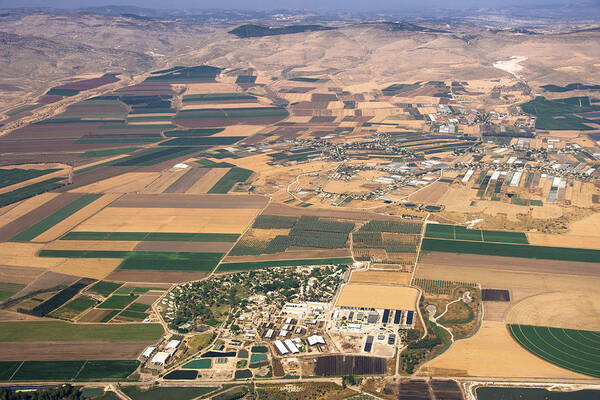
On June 21, 1942, Tirat Tsvi, a religious kibbutz in the Jordan Valley of northern Israel, recorded a blistering 54°C (129.2°F), which at the time was the highest officially confirmed temperature in Asia. The low elevation and desert environment of the kibbutz, which is located close to the Israel-Jordan border at a depth of 220 meters below sea level, contribute to its intense summer heat. Tirat Tsvi is a successful agricultural village that is well-known for its date production and creative irrigation methods, despite the region's tough climate. Despite having only 975 residents as of 2021, the village has shown extraordinary adaptability to extreme temperatures. The record temperature is still a standard for high heat in the area, despite some scholars questioning it because of the monitoring techniques used at the time.
5. Ahvaz, Iran:
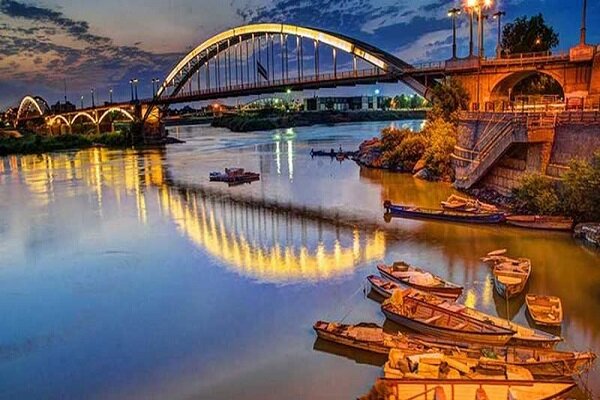
With a temperature of 53.7°C (128.7°F) on June 29, 2017, Ahvaz, the capital of Iran's Khuzestan province, is among the hottest cities in the world. Ahvaz is well-known for its long, scorching summers, with average highs of 45°C (113°F) and lows of 5°C (41°F) in the winter. With 1.3 million residents, the city is a major industrial center, especially for gas and oil, but it also suffers problems including air pollution, dust storms, excessive heat, and water shortages. Architectural landmarks like the White Bridge over the Karun River add to Ahvaz's historical significance, which dates back to the Achaemenid era. Ahvaz is a difficult but essential urban hub because of the mix of its scorching temperatures and environmental pressures.
6. Kebili, Tunisia:
With an incredible 55°C (131°F) recorded on July 7, 1931, Kebili, a village in southern Tunisia in the Sahara Desert, now holds the record for Africa's warmest temperature. Despite being disputed because of colonial-era recording techniques, this measurement the second-highest temperature ever recorded worldwide highlights Kebili's intense desert heat. The village, which is located in the Nefzaoua region, is well-known for its oasis setting, historical significance, and date palm fields. August is the hottest month during Kebili's hot season, which runs from June to September. Average daily highs at this time exceed 38°C (100°F). Kebili is one of the oldest inhabited places in Tunisia, with evidence of human habitation going back 200,000 years, despite the harsh climate.
7. Furnace Creek, Death Valley, USA:

The hottest spot on Earth is Furnace Creek in Death Valley, California, which recorded a temperature of 56.7°C (134°F) on July 10, 1913. The lunar-like terrain and bone-dry air of Furnace Creek, which is situated in an Eastern California desert valley, make for a harsh environment. Although the accuracy of the 1913 measurement has been questioned because of less sophisticated technology, Death Valley regularly records some of the highest temperatures in the world, with summer highs frequently surpassing 50°C (122°F). Adventurers and academics studying harsh climates are drawn to the region because of its intense heat and arid conditions, which are a testament to nature's raw force. Furnace Creek is still a well-known representation of the extremes in temperature on Earth.
8. Al Jazeera Border Gate, UAE:
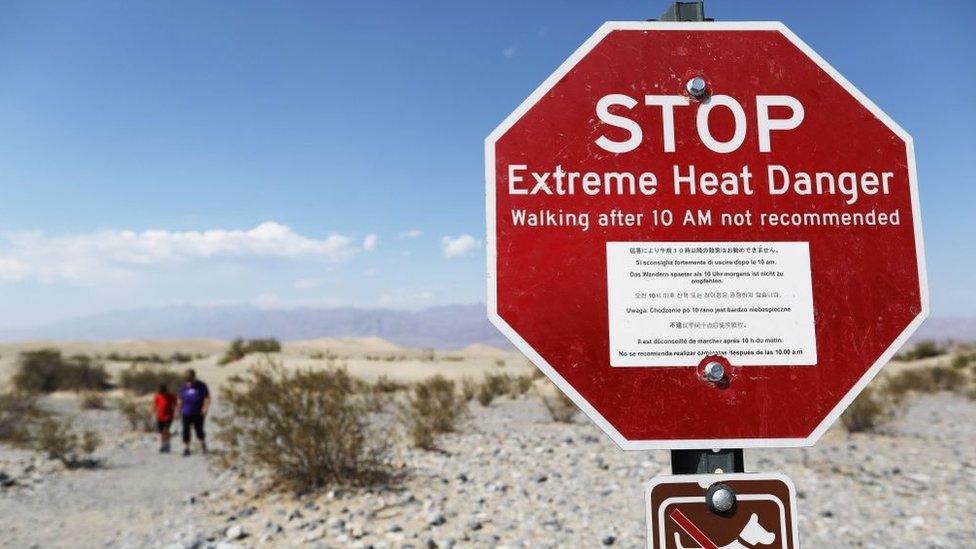
One of the hottest sites in the world is the Al Jazeera Border Gate in the United Arab Emirates, which registered a scorching 52.1°C (125.8°F). This border crossing, which is located in a desert region with great heat and excessive humidity, is a prime example of the UAE's harsh weather. Because of the region's arid terrain, summer temperatures regularly rise above 50°C (122°F). Al Jazeera Border Gate's record demonstrates the Middle East's dominance in extreme temperature rankings, despite the fact that it is less well-documented than other places. The region's infrastructure and human activity are severely hampered by the unrelenting heat and humidity.
9. Mexicali, Mexico:

The capital of Baja California, Mexico, Mexicali, is known for its intense desert heat; on July 28, 1995, it recorded 52°C (125.6°F). Mexicali, which is close to the U.S. border, is known as "The city that captured the Sun" because of its consistently high summer temperatures, which frequently surpass 50°C (122°F). Despite its harsh climate, the city, which has a population of over a million, prospers thanks to its thriving economy and diverse culture. Winters are mild, with January highs of about 21.1°C (70°F), and July highs of 42.2°C (108°F). Mexicali is one of the hottest cities in North America due to its desert position, which is unaffected by the Pacific Ocean's cooling effects.
10. Jeddah, Saudi Arabia:
The second-largest city in Saudi Arabia, Jeddah, had a high temperature of 52°C (125.6°F) on June 22, 2010, making it one of the hottest places on earth. The desert environment of Jeddah, which located on the Red Sea coast, is characterized by high humidity and intense heat, with summer temperatures regularly rising beyond 50°C (122°F). With more than 4.6 million residents, Jeddah serves as a key port and entry point to Mecca. The city's difficult environment, where heatwaves try the fortitude of both locals and tourists, coexists with its historic legacy and contemporary infrastructure. The record heat in Jeddah is indicative of the Arabian Peninsula's wider climate extremes.

Comments 0